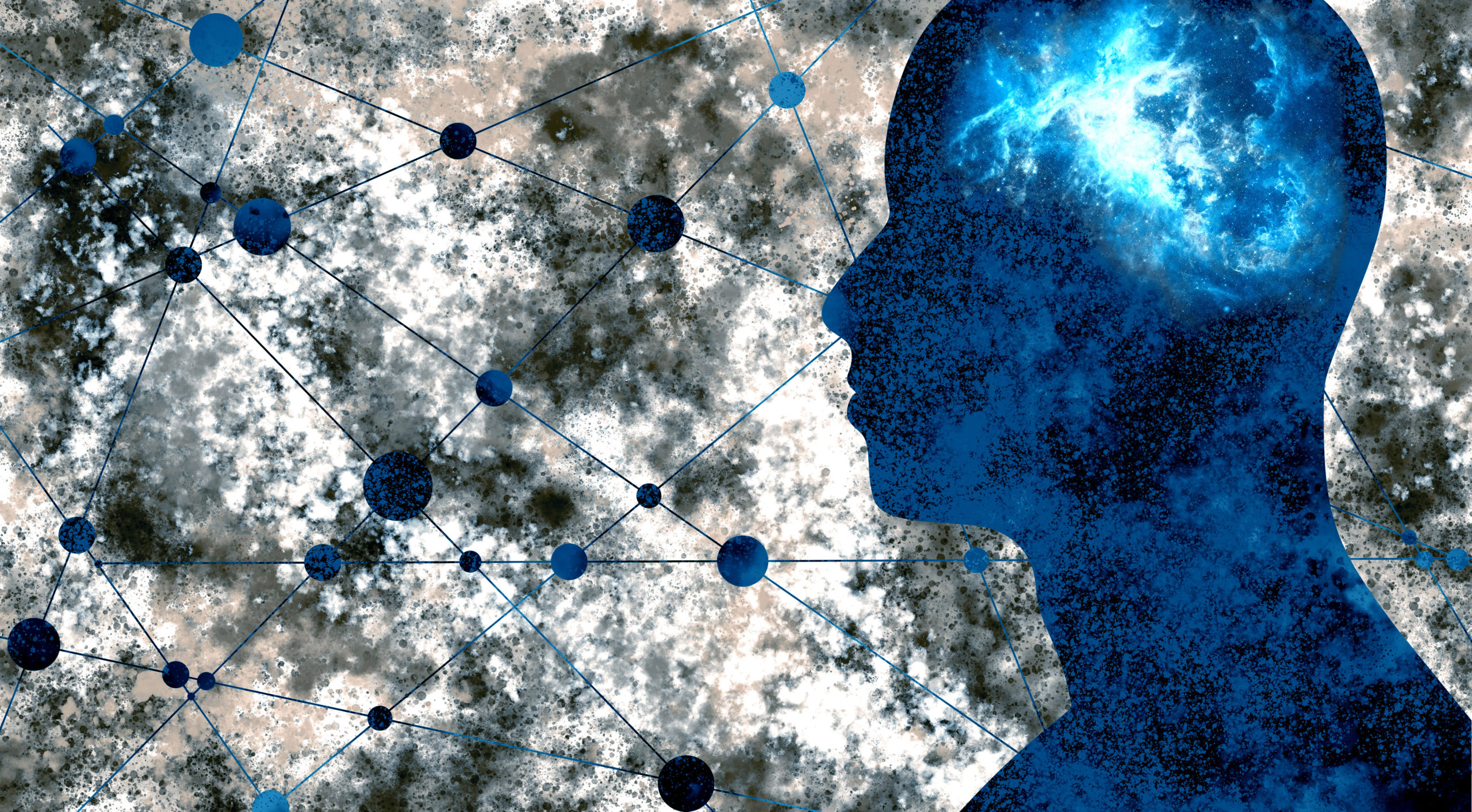The mental health industry is at a crossroads.
As debate rages in the Senate regarding the Republican Obamacare replacement bill, one thing is certain: mental health coverage hangs precariously over a cliff. The 2016 Presidential campaigns drove the greatest increase in overall national stress, and the healthcare legislation that ensued put mental health coverage on the proverbial chopping block, thereby further increasing the already-high levels of national stress.
We must now make a choice – stay the same and hope for the best or work within the confines of our everyday lives and find meaningful ways to adapt. As an entrepreneur and avowed disruptor, I choose the latter.
The most seamless and unintrusive way is to utilize the technology already embedded in our everyday lives – mobile devices. Much in the same way we use our smartphones to consolidate contact details, update calendars, read the news and check sports scores, we can use them to augment the efforts of therapy.
Therapists must become more nimble and amenable to technological advancements that streamline, enhance and support their efforts. The developments on this front are essential to meet the changes in on-the-go consumer behavior and address the demand for the latest innovations. In addition, these tools not only create efficiencies, but they can also lead to expedited, improved outcomes.
Here are a few ways in which technologies used with and on our mobile devices can help guide consumers to cope with mental health symptoms and navigate their anxieties:
Artificial Intelligence and Machine Learning
With the proliferation and integration of artificial intelligence (AI) and machine learning (ML) across industries, the mental health sector now has access to tools that engage with consumers and help raise self-awareness. AI and ML have advanced to the point where chatbots are smart enough to ask a cadence of tailored and customized questions to the user. This enables consumers to discover patterns in their own behavior, feelings tied towards specific events and the key triggers of their anxiety. Consumers are able to have a more fruitful experience that takes into account the totality of their psychological makeup.
Smart Journaling
Therapy clients can use mobile devices to journal and keep track of their feelings and anxieties in real-time. As long as they’re using a HIPAA-compliant platform, clients securely document their thoughts while on the go in the format they choose. For therapists, smart journaling tools improve the efficiency of face-time sessions by informing them of what has happened in-between and eliminating the need to spend time during their next session discussing seminal moments or important events. Instead, the session times are focused on what’s next, the care and the resolution to improve therapy outcomes.
Data Analytics and Data Visualization
By leveraging data acquired through smart journaling or AI-driven chatbot engagement, advancements in data analytics and data visualization tools available to therapists today have the ability to collect, store and analyze client data and create easy to read, digestible reports. This provides therapists with a deeper understanding of their client activities and progress. Before, therapists did not have enough time to realistically read and take in every one of their client’s journal entries. That’s completely changed with the advancements in data tools available that can present therapists with just the relevant, high-level details.
In addition, these technologies have the ability to identify trends and patterns. By understanding the common words and phrases being recorded, therapists better understand their client’s tone and sentiment for measuring progress.
When used together, these technologies create a new world of possibilities in mental healthcare. These tools are not meant to replace visits to a therapist, which remain an important component to addressing both prolonged and sudden mental health conditions. Rather, they are simple, effective and uninvasive ways in which we can reconfigure popular technology to aid consumers who suffer from and live with their mental health disorders.
Our cluttered, fractious world mandates the use of these tools. It necessitates nimble consumers and even nimbler providers. And though certain therapeutic norms need to remain the same, updates on the fringes are indubitably worth pursuing.
By integrating AI and secure data platforms into simple, easy-to-use apps on already owned devices, the mental health community now has access to advanced resources without having to purchase physical products that will add clutter into their lives.
If the population remains open to exploring this frontier, we will see a societal and cultural impact. I hope that at these crossroads, we collectively choose the path better traveled; the one that, through innovation helps create new opportunities for progress, growth and success.



